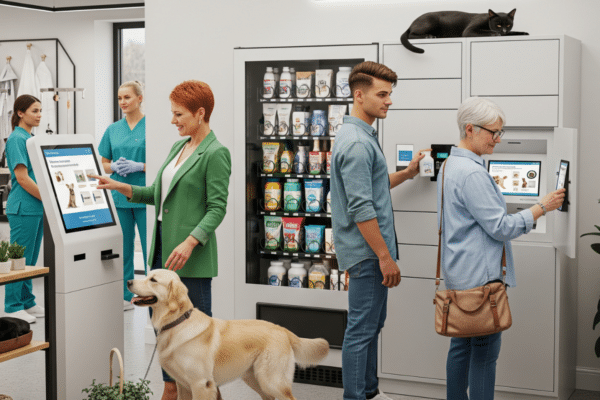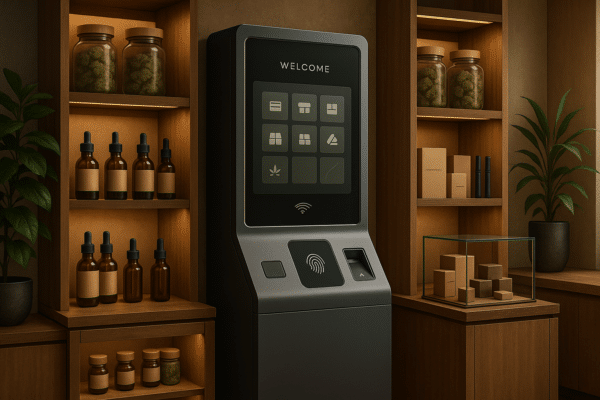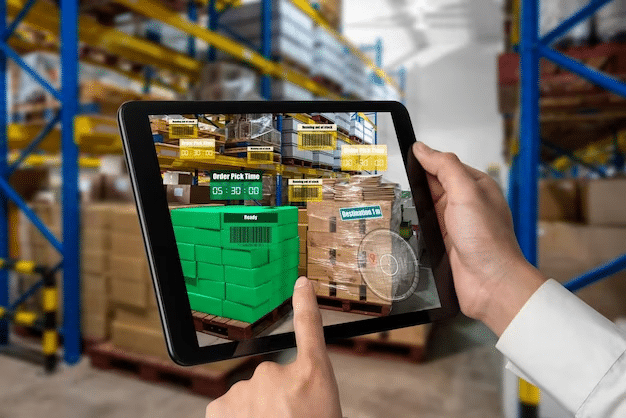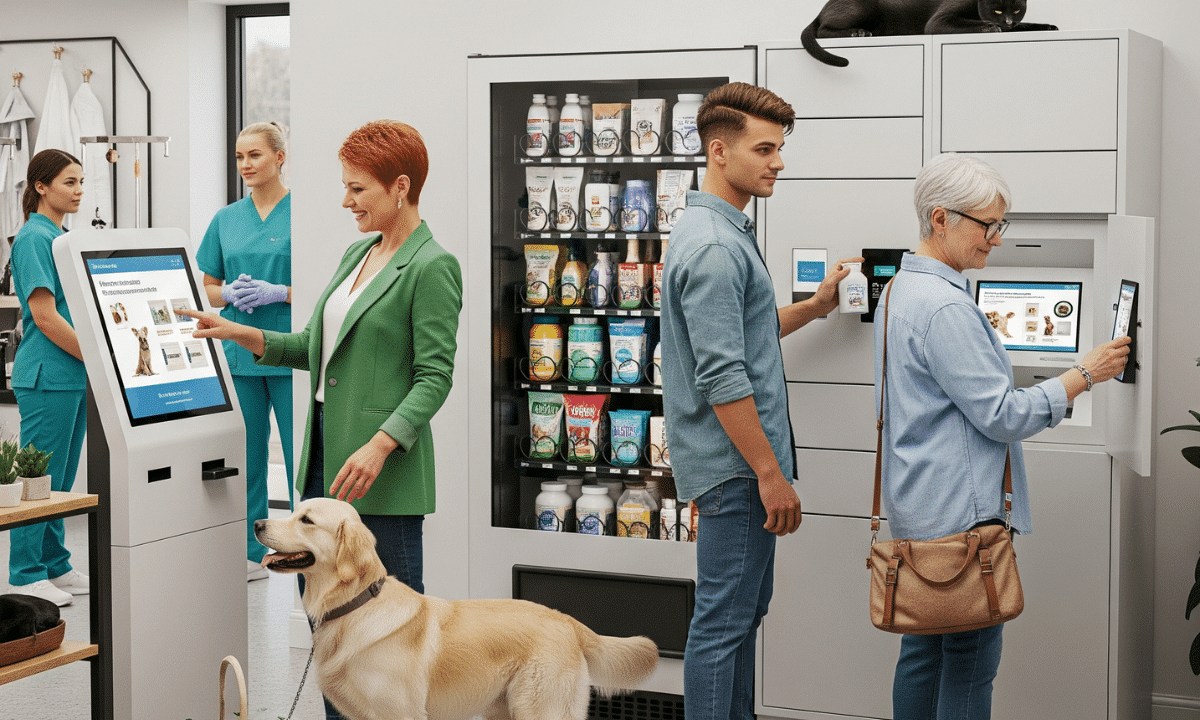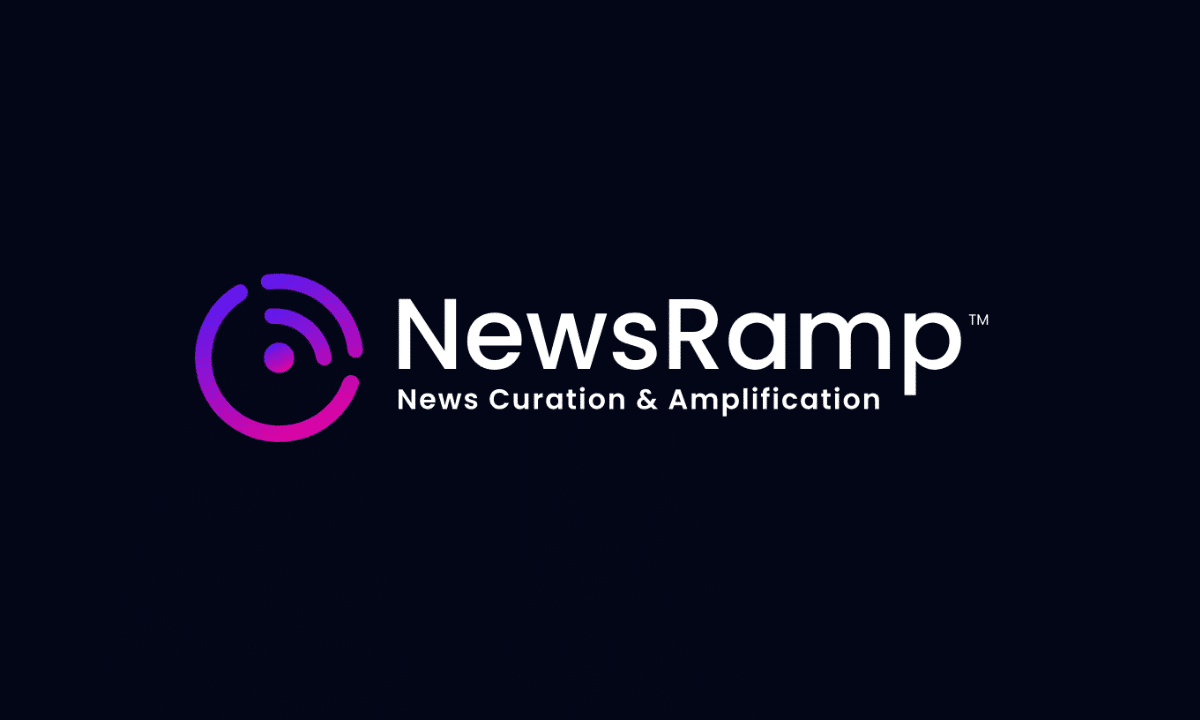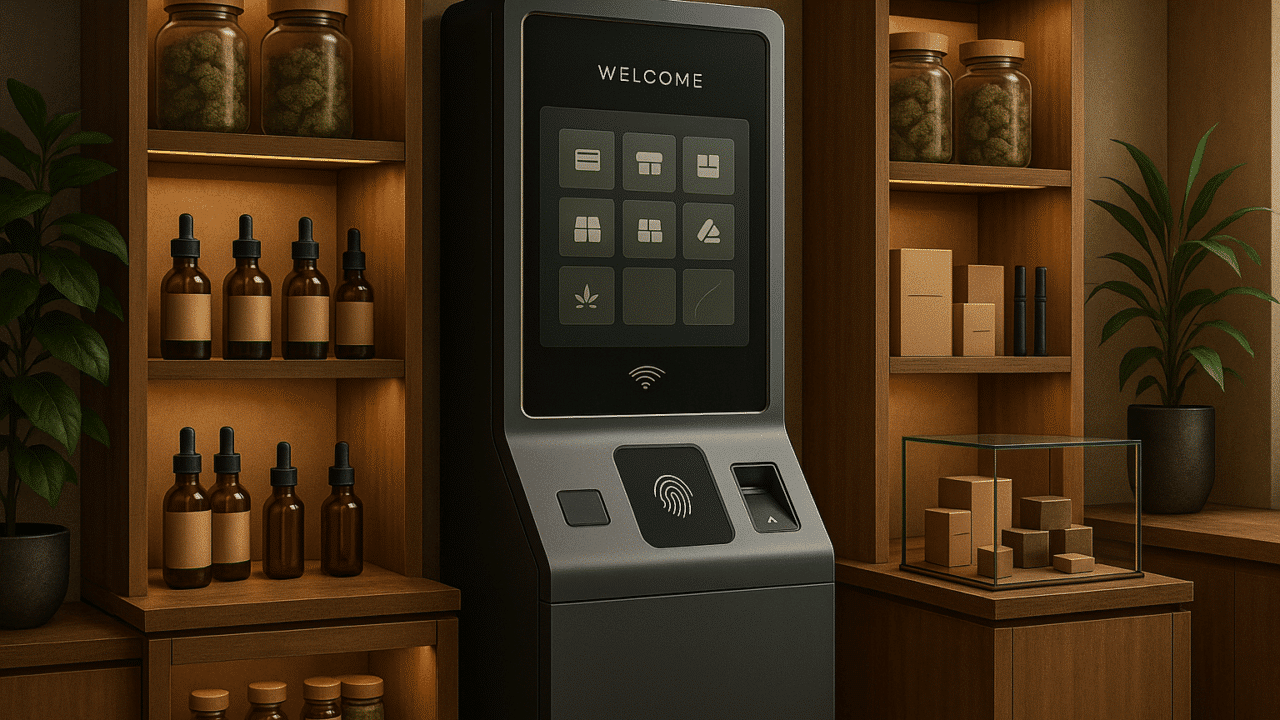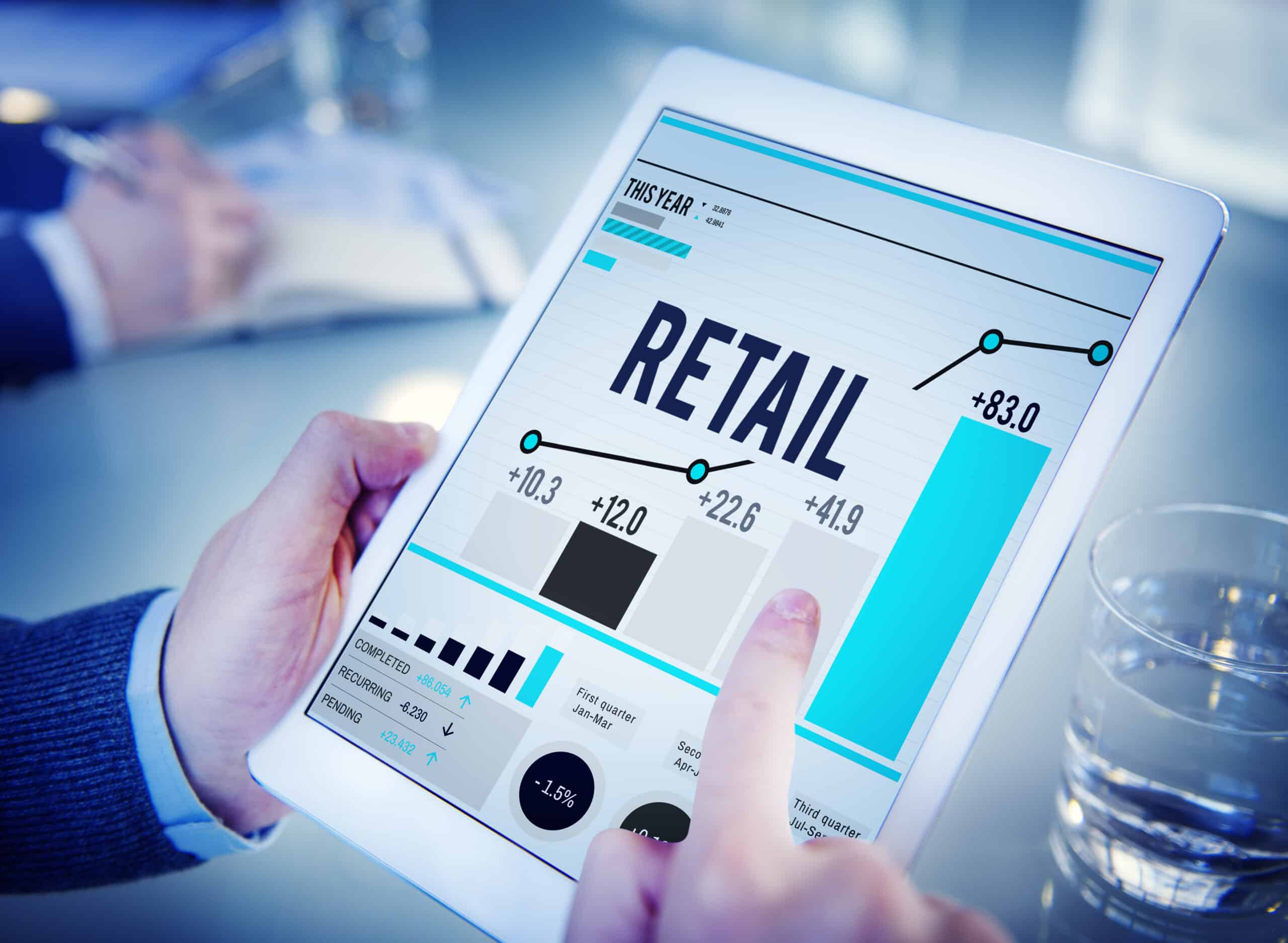
What Is Retail Data?
Why is Retail Data Important?
Retail data is the cornerstone of retail analytics – a powerful tool that can transform retail market strategies. Retail data is all of the information a retail company gathers about its sales and customers. Inventory numbers, inventory type, pricing, sales data, and consumer shopping patterns are all incredibly valuable metrics that help vendors make informed, effective decisions.
How is Retail Data Collected?
Retail data is collected using varying methods based on the type of information being tracked. Brick-and-mortar sales numbers and inventory information are all tracked in databases. In the past, physical retailers used to gain information about customers and their buying habits by using loyalty programs. While some companies still employ this method, online shopping has transformed the retail data space.
With digital marketspaces rapidly outpacing brick-and-mortar sales, online sales data is available for merchants to track and study. IP addresses, personal demographic information, credit card sales, search history, viewing habits, and cart history are all used to better understand how retailers can meet consumers’ needs.
What are the Benefits Of Using Retail Data?
Without retail data or analytics, businesses would make decisions about what merchandise to buy, products to push, departments to expand, and locations to build without adequate facts and knowledge regarding changing market trends or consumer preferences. Retail data allows sellers to offer the most valuable shopping experience for customers and the most beneficial results for themselves. There are four different primary types of retail analytics:
- Descriptive Analytics in Retail – Descriptive retail analytics take sales, merchandise, digital traffic, and other data to create a clear picture of sales trends. It is a baseline method to uncover exactly what has been taking place on a granular level in your retail space.
- Diagnostic Analytics in Retail – If descriptive analytics show you what is happening using sales data, diagnostic analytics show you why you are seeing certain trends. It pieces together connections between different collected data points and can be a powerful tool to make better future decisions.
- Predictive Analytics in Retail – As you may have guessed, predictive analytics uses powerful AI (Artificial Intelligence) and other technologies to show what may happen in the future. It predicts sales patterns and upcoming trends and generally gives businesses an idea of where the market is going.
- Prescriptive Analytics in Retail – This final analytics approach uses the other analytics findings to show how you should best respond to upcoming market changes and future demands. While there’s no guarantee that all information produced via predictive or prescriptive analytics is 100 percent accurate, it establishes an incredibly useful starting place for making decisions. Overall, retail analytics allow businesses to make informed decisions about their retail strategy for maximum benefit.
Leveraging retail data analytics to make the best possible decisions leads to:
- Maximizing Profits
- Minimizing Product Waste
- Meeting Customer Demand
- Efficient Spending and Budget Allocation
How Can Retail Data Be Used?
With the rise of online shopping and digital data collection, retailers often use this information to personalize a customer’s online shopping experience. You may have noticed that your favorite stores advertise specific merchandise you’ve had your eye on while searching around the web. When a customer views an item or places it in their cart, many retailers use that data to serve personalized ads featuring that specific product or similar products.
The retailers and products you see in advertisements on your phone, computer, or other devices are likely to be altogether different from what your friends and family see. This personalized advertising strategy can help consumers find and purchase products of specific interest to them.
This information can also be utilized in brick-and-mortar retail stores. For instance, when a product recall is announced, many retailers contact customers who have purchased affected products to warn them. They might also offer personalized coupons featuring brands and products the individual consumer purchases often.
Some companies even sync historical sales data between in-store activity and online. After purchasing a new hot tub in person from a large department store, customers might receive online ads for bathing suits or emailed coupons for jacuzzi maintenance supplies. Overall, retail data analytics benefits more than just sales optimization. Many companies use their access to customer data to create more individualized customer shopping experiences especially for cross-selling and upselling opportunities.
Retail Data Analysis Capabilities
Comprehensive and well-analyzed data can be used to create highly effective retail and sales strategies. Some of the tools businesses use to inform these decisions include:
- Sales Forecasting – As mentioned above, predictive analytics can be used to complete sales forecasting reports. Sales forecasting is a bedrock of retail sales strategy. With no idea what items customers will purchase and in what quantities, stores are flying blind.
Without predictive sales forecasting, retailers may purchase large amounts of products that collect dust on the shelf or quickly run out of items in high demand. Maximizing sales, minimizing loss, and running a successful business depend on accurate forecasting.
- Use Example: The holiday season is coming up, and a local toy store is ordering inventory. Without data analytic tools, they guess that they should order a large number of bicycles because that was a top seller last year. Unfortunately, this year the bikes were in low demand, and the action figures for which they had a very low stock were a huge hit.
They are forced to sell the bicycles at a steep discount and run out of action figures almost immediately. They lose out on overhead from the bikes and potential sales they would have made on the action figures. A sales forecasting tool could have saved them time, effort, and lots of money in this scenario.
- Demand Forecasting – Demand forecasting is a step up from sales forecasting analytics. Instead of telling a business which items will sell in what amount for ordering purposes, demand forecasting attempts to predict what items will be desired by customers. This is incredibly useful when companies expand into new markets, grow proprietary lines, or order a new style of product.
Demand forecasting is less accurate and more difficult because it doesn’t have the parameters of in-stock merchandise from which to workf. Instead, it considers market trends, sales patterns, and historical data to predict what trends will lead the market next quarter, season, or year.
- Use Example: A clothing company is deciding what items to manufacture and stock next year. Buying and fashion experts who consult with the company guess that floral, bohemian styles will be popular, so the business creates and stocks lots of them.
Unfortunately, the next year minimalist neutrals are all the rage. If they were using an advanced demand forecasting program, they would have saved money, time, and lots of wasted products.
- Unified Advanced Retail Analytics – Unified advanced retail analytics take the powerful predictive tools we’ve already described, paired with other advanced data analysis functionality, to deliver the most advanced retail analytic information possible. Retail analytics tools create a full picture of pricing, supply chain movement, demand, trends, allocation, and other data points to help companies optimize every aspect of their retail business.
Even more helpful, unified advanced retail analytics tools offer simulation capabilities. This means companies can see the effect a price change, new store, or discontinued product would have on their business as a whole. These tools maximize profit, minimize risk, and allow retailers to operate with greater confidence.
- Use Example – Examples for unified advanced retail analytic use can encapsulate all types of actions. A hunting and fishing retailer might use this software to determine whether they should open more stores in the southwest, stock more rubber fishing lures, or roll out a two-day express shipping offer.
Choices that once would have been a necessary risk can be turned into an almost guaranteed success. No analytic software is perfect, especially one as all-encompassing and intricate as a unified advanced tool. However, the improvement in retail strategy planning and sales possibilities is difficult to overstate.
What are the Challenges in Collecting and Using Retail Data?
- Privacy and Data Regulations – Of course, regulations are in place to keep retailers from going overboard and violating customers’ privacy. Online shoppers can change privacy settings or deny data-sharing requests. Companies should be mindful not to overstep in their efforts to optimize sales or provide a superior customer experience.
- Accuracy – Retail analytics tools are incredibly useful – but they aren’t perfect. Especially when pulling large amounts of data from separate sources into the same database, companies must be vigilant about ensuring accuracy. Inaccurate data points can cause massive miscalculations and provide flawed recommendations for retailers.
- Competitors – The retail space is incredibly competitive. With new technology changing constantly and retail industry competitors investing in bigger and better analysis tools – retailers need to be proactive. Companies should always be on the lookout for ways to improve, optimize, and evolve their capabilities.
- Trust and Value – Access to in-depth customer insights isn’t just a matter of technology. Online shoppers have to grant businesses permission to collect their private shopping, economic data, and information. It is important to foster a spirit of trust and transparency between consumers and companies. Additionally, providing value in exchange for customer information and connection, such as email sign-ups, app downloads, or privacy permissions, goes a long way in keeping clients happy while optimizing sales performance.
FAQS:
What is retail data?
Retail data is all of the information a retail company gathers about its sales and customers. Inventory numbers, inventory type, pricing, sales data, and consumer shopping patterns are all incredibly valuable metrics that help vendors make informed, effective decisions. This data is the cornerstone of retail analytics – a powerful tool that can transform retail market strategies.
How is retail data used?
Retail data allows sellers to offer the most valuable shopping experience for customers and the most beneficial results for themselves. With the rise of online shopping and digital data collection, retailers often use this information to personalize a customer’s online shopping experience. Comprehensive and well-analyzed data can also be used to create highly effective retail and sales strategies.
How do you collect retail data?
Retail data is collected using various methods based on the type of information being tracked. Brick-and-mortar sales numbers and inventory information are all tracked in databases. With digital marketspaces rapidly outpacing brick-and-mortar sales, online sales data is available for merchants to track and study. IP addresses, personal demographic information, credit card sales, search history, viewing habits, and cart history are all used to better understand how retailers can meet consumers’ needs.
What is retail data analysis?
Retail data analysis collects retail data and uses retail analytics tools to create predictions, provide informative feedback, and optimize retail strategy. Descriptive, diagnosis, predictive, and prescriptive analytics are all methods of analyzing retail data to inform buying decisions, inventory management, sales strategies, and even company policy.

